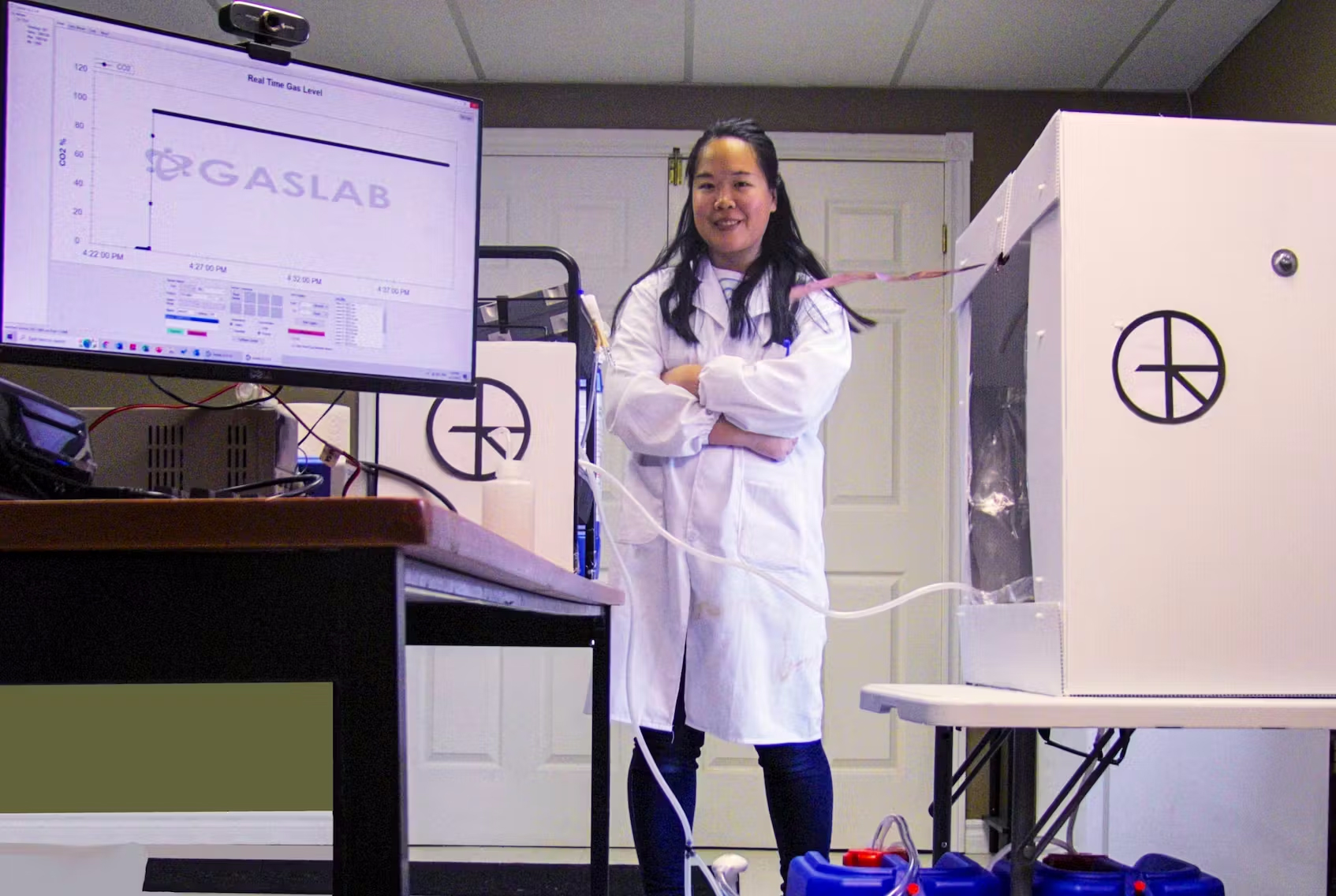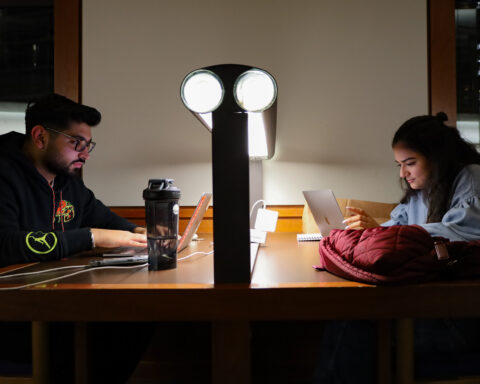Popular for its stunning natural beauty, rugged coastlines, lush forests, and picturesque landscapes, Nova Scotia is a highly esteemed destination for outdoor enthusiasts — a hikers’ paradise that is now making strides to position itself as a leading cleantech ecosystem.
The province’s efforts recently got a boost with a $2 million contribution from the Government of Canada, which was disbursed through the Atlantic Canada Opportunities Agency (ACOA). The main beneficiary of these resources, with $1 million, was the Verschuren Centre at Cape Breton University in Sydney.
One of the rapidly growing firms that the Verschuren Centre counts as clients is Gaia Refinery, a company that is leveraging an interdisciplinary process that captures carbon dioxide from the atmosphere and locks it away for millennia to help our planet restore its balance.
Deriving inspiration from nature
Entrepreneurs Genny Shaw and Dr. Qinhong (Tammy) Cai founded and lead the company. Cai, originally from China, moved to St. John’s to further her studies at Memorial University, earning both a Master’s and a PhD in Environmental Health Engineering.
“I moved to Canada from Hong Kong, and after landing in St. John’s, I fell in love with the surrounding nature, especially considering that I was coming from a big city,” says Cai, who after graduation joined McGill University and worked in projects that took her to the Arctic and included the re-vegetation of mining sites.
“Any work that reclaims nature is like music to my heart,” Cai says, adding that, given the increasing prevalence of climate change and the intensification of its negative effects, she found herself wanting to make a difference. “The biggest threat right now is climate change, and we need to sort it out together as a species. So I figured out how to put my skills to work in this area.”
Revolutionizing carbon capture with biomass
During her time at McGill, Cai started spending her weekends and evenings strategizing, and during one of those brainstorming sessions, the initial idea for Gaia Refinery came up.
“The way the process works is that we use a device that can screen the air and catch carbon. Then, it desorbs, so in the end, we have a container full of gas. Instead of having this very diluted form of CO2, which is what is found in the atmosphere, now we have it in a very concentrated form. This can then be stored in rocks, where it can stay secured for millennia, or be resold to businesses that need CO2 to operate,” explains Cai.
This led to a two-tiered business model. On the one hand, Gaia provides carbon removal services, a booming market that recently saw the creation of the Frontier Climate Fund, a $1 billion commitment from companies like Stripe, Shopify, and McKinsey to take CO2 out of the atmosphere. On the other hand, the company can repurpose this CO2, and sell it to businesses, for example, to make sustainable aviation fuel.
Gaia caught the attention of the New Brunswick Innovation Foundation (NBIF) and of Fredericton accelerator Energia Ventures, and, after receiving support from these organizations, Cai relocated to Saint John, NB to jumpstart the startup’s operations. Following a partnership with Invest Nova Scotia, the company would eventually open up its headquarters in Halifax.
While direct air capture (DAC) and other techniques to extract carbon dioxide (CO2) from the atmosphere such as reforestation have been at the forefront of the conversation for some time, Gaia Refinery brings to the table a unique value proposition, making the process less energy-intensive, which also significantly reduces its otherwise whopping costs.
To accomplish this, Gaia Refinery brings biomass into the equation, in order to power the direct air capture process. Biomass can be either woody (forest residues, wood chips, sawdust) or agricultural, which includes crop residues. Sugary wastewater, including molasses and wastewater generated from breweries, can also be used as a source of energy. These, when transformed into acetic acid, allows Gaia to capture considerably more CO2, which can then be repurposed.
Future outlook
Following its initial success, the company has now also received support from the Federal Government, and Cai will be relocating to Ottawa to bolster the development of Gaia’s innovation, supported by CANMET’s stellar team of engineers. And, as she talks about the future, she remains grateful for the support she has received along the way.
“Everything I know about how to run a business transitioning from academia, and even meeting my business partner Genny is thanks to NBIF, Energia Ventures, and Invest Nova Scotia,” remembers Cai, who is visibly enthusiastic about what can be accomplished if the potential of Gaia’s technology can be fully harnessed.
“The main challenge for DAC is that it is very energy intensive. But so far, we are able to do it with one-tenth of the benchmark standard. If scaled, this can make the process environmentally sustainable, without depleting other renewable energy sources. This is our gift to the world,” says Cai.
Javier Ortega-Araiza has multiple global experiences as a storyteller and social entrepreneur having travelled to over 30 countries. Now based in Toronto, he is a published author in both English and Spanish."






